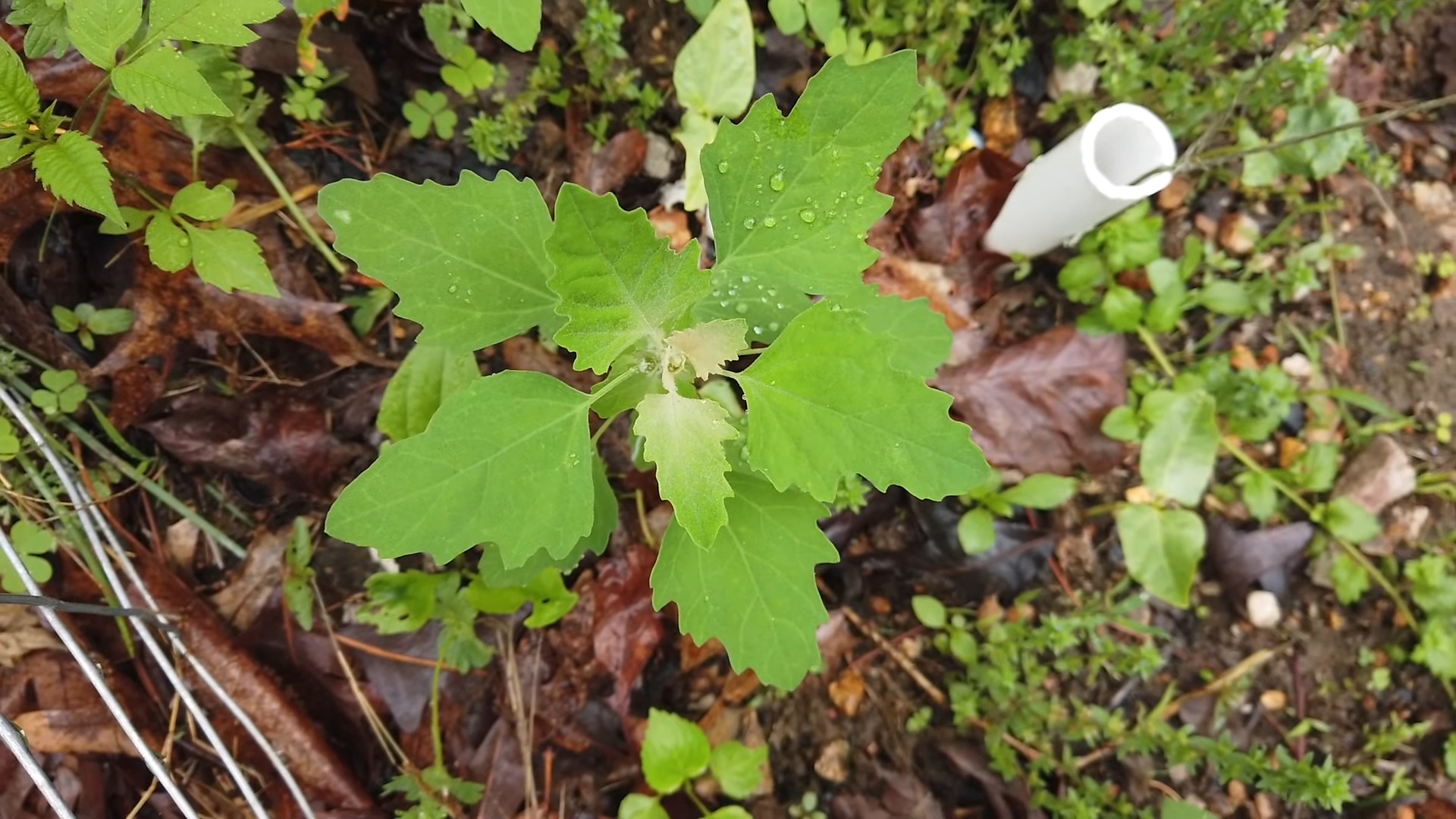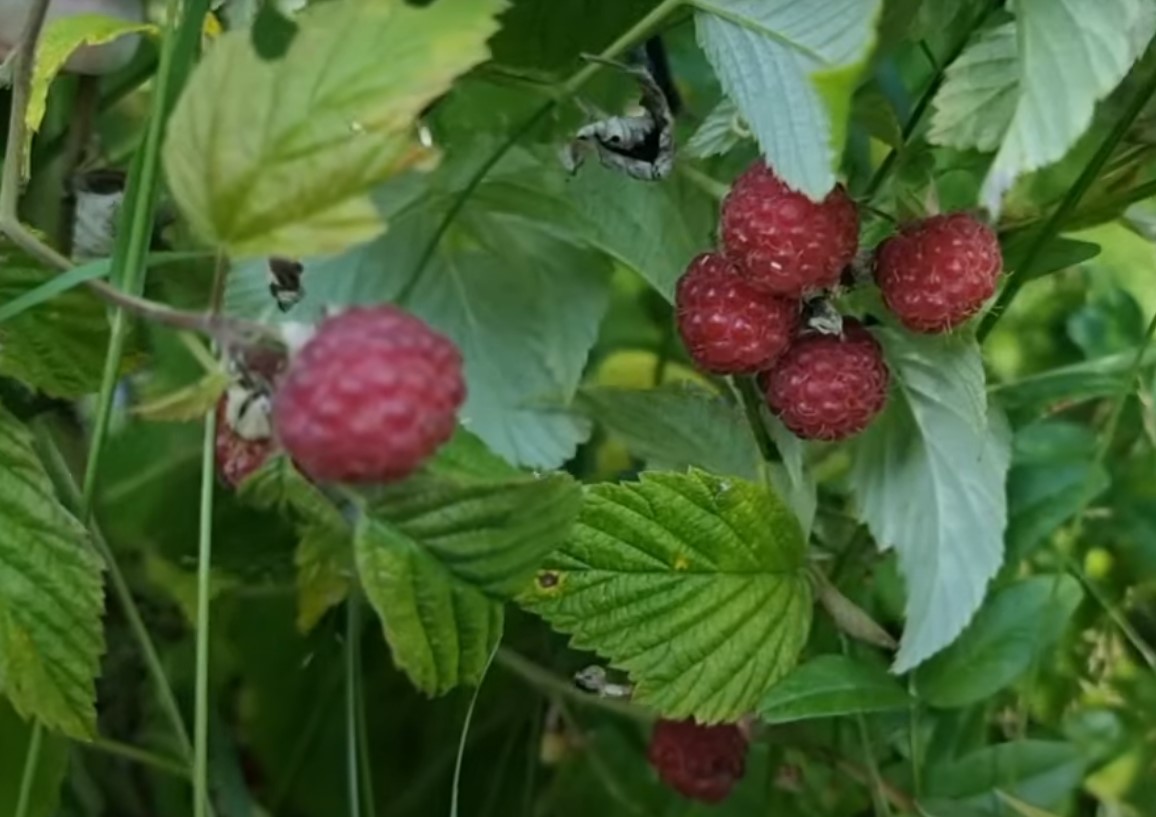If there’s one thing I’ve learned over my years of wilderness survival, it’s that the wild can provide more than just breathtaking landscapes and rugged challenges. Mother Nature is a generous host, offering a bounty of edible treasures if you know where to look and how to identify them.
Today, I’m thrilled to share with you a practical guide to wild edibles identification. Whether you’re a seasoned survivalist or a novice explorer, this knowledge can be a game-changer in your outdoor pursuits.
The Importance of Correct Identification
The first step in foraging is learning to identify wild edibles accurately. This is a critical skill, as the consequences of consuming the wrong plant can be severe. We will discuss how to distinguish edible plants from their toxic look-alikes by observing key characteristics and utilizing reliable resources.
Plants are seasonal beings, offering their best yield at specific times of the year and preferring certain habitats. Knowing when to forage for peak nutrition and flavor, and understanding where to find these plants, is as important as knowing how to identify them.
Identifying Common Wild Edibles
1. Leafy Greens

Leafy greens in the wild are often overlooked, yet they are some of the most nutrient-dense foods you can find. Let’s look at a few common ones:
Dandelion (Taraxacum officinale)
The humble dandelion is a powerhouse of nutrition. With its bright yellow flowers and deeply toothed leaves, it is easily recognizable. The leaves are best picked in early spring before the flowers appear to avoid bitterness and are perfect for a nutrient-packed salad.
The roots can be dried and used as a coffee substitute or brewed into a detoxifying tea.
These plants have rosettes of jagged, tooth-like leaves close to the ground, and a single flower per stem, which is hollow and can exude a milky sap when broken.
Plantain (Plantago major)
Often dismissed as a weed, the plantain has broad leaves with parallel veins and grows in a rosette. Young leaves are tender and can be eaten raw, while older leaves can be cooked to soften them.
The seeds of the plantain are high in fiber and can be added to meals.
| Feature | Description |
|---|---|
| Leaf Shape | Broad, oval to oblong |
| Leaf Arrangement | Leaves grow in a rosette from the base |
| Vein Pattern | 5 to 7 prominent parallel veins |
| Flower Color | Small, greenish-brown |
| Flower Arrangement | Flowers grow on a spike emerging from the center |
Nettle (Urtica dioica)
Nettle, with its green leaves and stinging hairs, may not seem inviting, but once blanched, it loses its sting and can be a delicious spinach substitute. It’s also known for its detoxifying properties and can be made into a healthful tea.
Nettles can be identified by:
- Their heart-shaped, serrated leaves that are opposite each other on the stem.
- Fine hairs on the leaves and stems that can sting and cause irritation.
- Small, greenish, or white flowers that grow in clusters from the leaf axils.
2. Berries and Fruits

Berries and fruits are the sweet treats of the wild, offering flavors that range from tart to sweet. They are also some of the easiest wild edibles to identify and enjoy.
Blackberry (Rubus spp.)
Blackberries grow on thorny shrubs and are recognized by their compound leaves and juicy, deep purple to black berries. They ripen in late summer and are excellent for fresh eating, jams, and even medicinal teas made from their leaves.
You can recognize them by:
- Their thorny, arching canes that can form dense thickets.
- Compound leaves with three to five leaflets with serrated edges.
- Clusters of white or pink flowers followed by the familiar black or dark purple berries.
Wild Strawberry (Fragaria vesca)
Wild strawberries are a delightful find, with their small, heart-shaped berries and white flowers. They fruit in early summer and, while smaller than their cultivated counterparts, are incredibly flavorful.
They can be enjoyed fresh, in desserts, or dried for later use.
| Characteristic | Description |
|---|---|
| Leaves | Small, trifoliate leaves with toothed edges. |
| Flowers | White flowers with five petals and a golden center. |
| Berries | Small, red berries with tiny seeds on the surface. |
Persimmon (Diospyros virginiana)
Persimmons are a fall treasure, with their sweet, honey-like flavor that develops fully after the first frost. They can be eaten fresh, used in puddings, or dried for a chewy snack.
| Characteristic | Description |
|---|---|
| Bark | Distinctive blocky bark resembling a checkerboard pattern. |
| Leaves | Broad, oval leaves that turn vibrant yellow, orange, or red in fall. |
| Fruit | Unique, tomato-like shape; turns from green to deep orange when ripe. |
3. Roots and Tubers: Underground Treasures
Roots and tubers are the buried treasures of the foraging world, often packed with carbohydrates and other nutrients.
Wild Carrot (Daucus carota)
Wild carrots, or Queen Anne’s lace, resemble domestic carrots and are identified by their feathery leaves and white flower clusters. It’s crucial to ensure correct identification as they have toxic look-alikes.
The roots can be harvested and cooked just like regular carrots. They can be distinguished by:
- Their fine, feathery leaves that resemble those of domestic carrots.
- The distinctive umbrella-shaped cluster of small, white flowers that may have a single dark red flower in the center.
- A strong, carrot-like smell from the crushed leaves.
Jerusalem Artichoke (Helianthus tuberosus)
With their yellow flowers and knobby, brown-skinned tubers, Jerusalem artichokes are not only edible but also quite tasty. They can be roasted, boiled, or eaten raw and provide a good source of inulin, a prebiotic fiber.
These plants are identified by:
- Their tall, rough stems that can grow up to 10 feet tall.
- Large, yellow flower heads that resemble sunflowers.
- The presence of tubers that are attached to the roots, which resemble ginger root in appearance.
Burdock (Arctium lappa)
Burdock is easy to identify by its large, wavy leaves and burr-like flower heads. They have thick, deep roots that are dark on the outside and white inside. The roots are edible and can be sautéed or used in medicinal teas.
Safety Protocols in Foraging
When foraging, safety is paramount. It’s essential to recognize hazardous plants and understand the risks they pose. Poison ivy, deadly nightshade, and water hemlock are just a few plants that should be avoided. Always follow the rule of threes:
- Avoid plants with an almond scent (a sign of cyanide),
- avoid plants that cause itching or rashes upon contact,
- never taste-test for identification.
Sustainable Harvesting Techniques
Sustainable harvesting means taking only what you need, promoting plant growth, and respecting wildlife and ecosystems. This involves harvesting no more than a third of a patch, using scissors or a knife to cut leaves, spreading seeds, avoiding soil compaction, and foraging away from polluted areas.
FAQs
How can I start learning about wild edibles if I have no prior experience?
Begin by attending workshops or guided foraging walks led by experienced foragers. This hands-on experience is invaluable. Additionally, invest in a region-specific field guide and start familiarizing yourself with the plants in your area.
Apps and online communities can also provide assistance, but always cross-reference information for safety.
Are there any mobile apps that can help identify wild edibles?
Yes, there are several apps designed to help identify plants. However, while these can be helpful, they should never be the sole resource for identification due to the risk of misidentification.
Always confirm with multiple reliable sources before consuming any wild edible.
What should I include in a basic foraging kit?
A basic foraging kit should include a field guide, a sturdy pair of gloves, a pair of scissors or a knife for harvesting, a basket or bag for collecting, and a small trowel for digging up roots. It’s also wise to carry a first aid kit and a means of communication in case of emergencies.
Can foraging wild edibles be a risk to my pets if they accompany me?
Yes, pets can be at risk if they consume toxic plants or plants treated with pesticides. Keep a close eye on your pets and consider keeping them on a leash while foraging. It’s also a good idea to familiarize yourself with plants that may be harmful to animals.
How do I ensure that I’m foraging legally and ethically?
Always forage on public land where it is legally permitted or obtain permission from private landowners. Familiarize yourself with local regulations as some areas may have restrictions to protect native plant populations.
Ethical foraging also means being mindful not to overharvest and to leave no trace of your presence.
Is there a best time of day for foraging wild edibles?
The best time of day for foraging can depend on the specific plants you’re seeking. However, early morning is often ideal as plants are less likely to wilt from the heat, and it’s also the time when wildlife is less active, reducing the risk of encounters.
Additionally, foraging after rainfall can make some roots easier to dig up and wash off any dust on above-ground parts.
The Bottom Line
So, as you head out into the wild, armed with the knowledge of identifying wild edibles, remember it’s not just about filling your stomach. It’s about connecting with nature, tapping into an age-old skill, and making the most of what’s around you.
This guide is your practical companion for the journey. Go out there, explore, and enjoy the flavors nature has to offer. Stay safe, stay curious, and leave only your gratitude behind.
My name is Casey Harper, and I specialize in wilderness survival, navigation, and first aid. With over 12 years of experience as a wilderness survival instructor, I have had the privilege of guiding individuals and groups through challenging outdoor environments, ensuring their safety and teaching them essential survival skills. Additionally, I contribute to GearDisciple by writing insightful articles on survival strategies and reviewing outdoor gear. Through sharing my knowledge and experience, I aim to equip others with the skills and tools necessary for thriving in the wild, embracing the beauty and challenges it presents.